Researching the history of a building can feel like trying to do a jigsaw puzzle from a thrift store without the box. You might get most of the pieces to fit together so that you can tell the story of that place, but some are still missing, leaving gaps in the narrative.
If you’re anything like me, you might find those gaps frustrating, but they’re also opportunities to learn things you never could have imagined about a place.
Since its creation over 50 years ago, the National Register of Historic Places program has evolved both with history’s changing methodology but also in how nominations are prepared. When the program first began, the National Park Service (NPS) and State Historic Preservation Office staff across the country were charting new territory, determining best practices as the theoretical program was applied to real places.
If you have ever looked back at nominations from this period, you have likely encountered the sparse documentation and narrative, which leave room for further research and, often, additional stories that may represent other areas of significance beyond those for which a place was originally nominated.
This can happen with more recent nominations as well, as new information comes to light whether through additional research, other documentation becoming available, or even new discoveries, although a single area of significance is all that is needed to list a property.
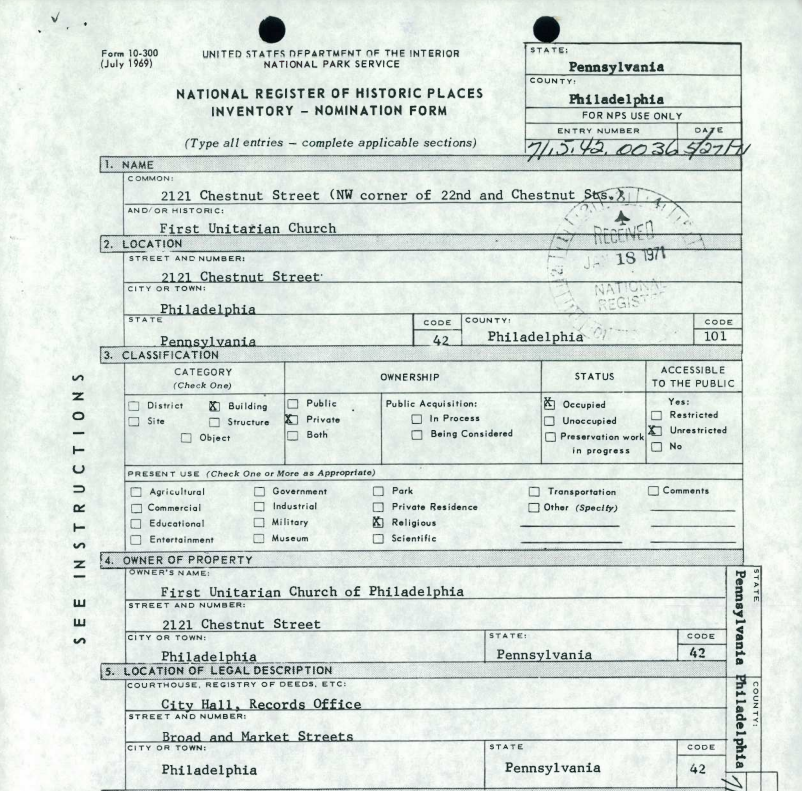
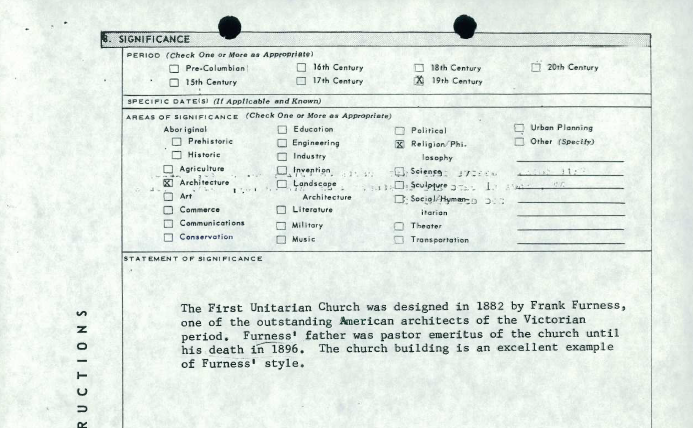
First Unitarian Church of Philadelphia (PA-SHARE Resource #1971RE00034) is a great example of a listed building that has additional stories to tell. Listed in the National Register in 1971 under Criterion C, First Unitarian is as an excellent example of gothic style architecture designed by renowned architect Frank Furness. The Church is located on Chestnut Street in Philadelphia, several blocks west of City Hall in Center City.
A historian recently came across new – or, perhaps more accurately, rediscovered – information regarding the building. From 1949 through the early 1950s, the First Unitarian Church allowed the Fellowship Church, also known as Fellowship House, to use its space for a speaker series.
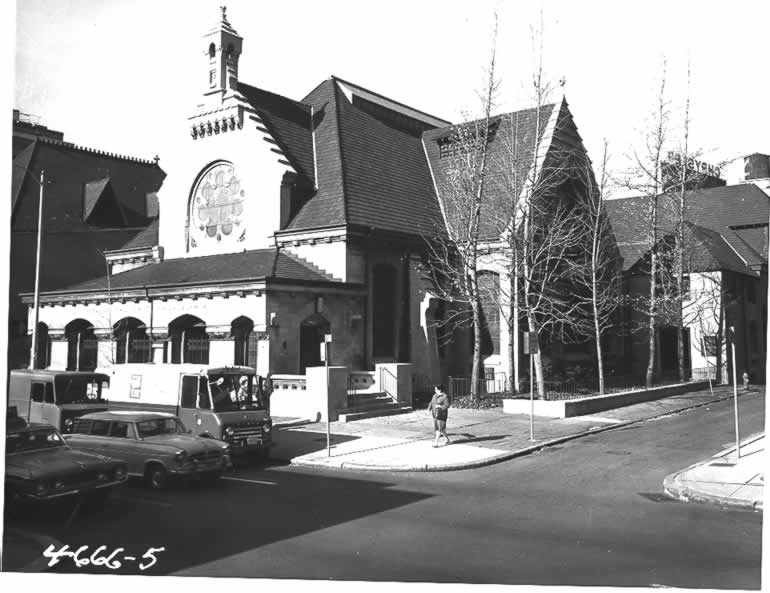
This series included a speech by Dr. Mordecai Johnson, president of Howard University, on the nonviolent methods employed by Mahatma Gandhi. Dr. Johnson, a renowned orator of his time, had toured India in 1949 and learned more about Gandhi’s methods which he shared during a speaking tour. One of those in attendance at his lecture at the First Unitarian Church was a young Martin Luther King, Jr., who was a student at Crozer Seminary in Chester at the time.

Later in life, Dr. King would cite this lecture as sparking his interest in Gandhi’s life and work, the foundation of which was nonviolent protest. It is well documented—and could not be done justice in a short space here—the import role that nonviolent protest played in the equal rights campaign undertaken by Dr. King and the organizations he influenced.
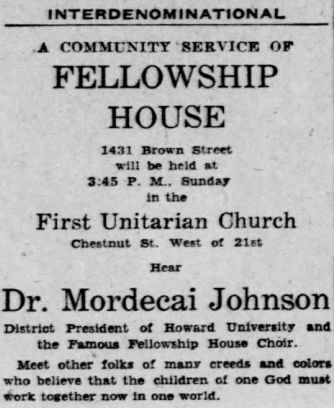
The researcher who rediscovered this information recently requested to add an area of significance and additional information to the Church’s National Register nomination to recognize the importance of this event in Dr. King’s life and work.
Like other National Register requests, this went before the Pennsylvania Historic Preservation Board for review. I am happy to say that it was unanimously recommended for approval. The request will be forwarded to the National Park Service for a final review, which will determine whether the area of significance is added. Regardless of the outcome of NPS’ review, this additional information highlights just how much we have left to learn about history.
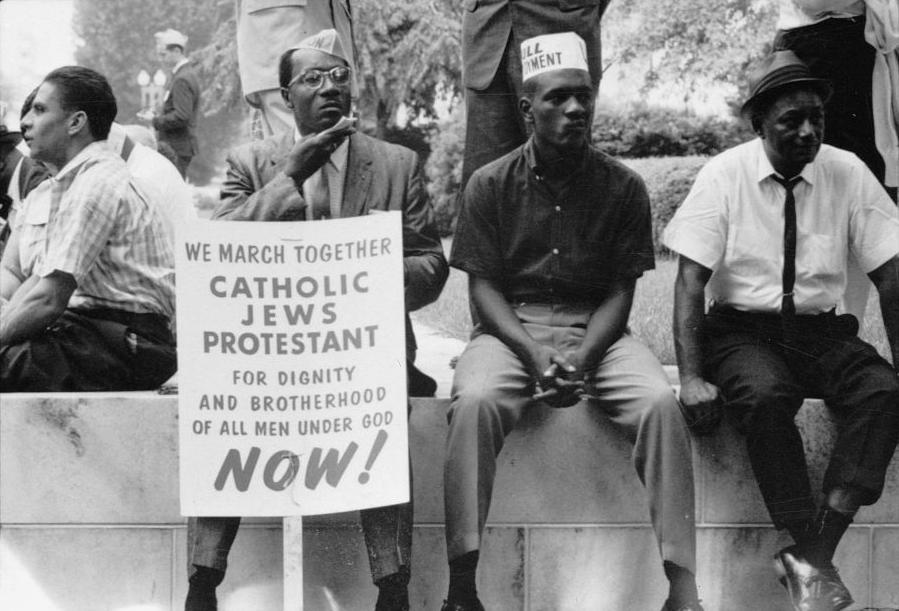
The re-discovery of the location of Dr. Johnson’s lecture also reminds us that Civil Rights Movement was not just a Southern issue. The State Museum of Pennsylvania’s new exhibition, “A Place for All: Three Stories of Integration in Pennsylvania”, tells this story, and is well worth the trip to Harrisburg!
There is always something new to discover, what will you learn next?
Comment Policy
PHMC welcomes and encourages topic-related comments on this blog. PHMC reserves the right to remove comments that in PHMC’s discretion do not follow participation guidelines.
Commenters and Comments shall be related to the blog post topic and respectful of others who use this site.
Commenters and Comments shall not: use language that is offensive, inflammatory or provocative (this includes, but is not limited to, using profanity, obscene, or vulgar comments); disparage other commenters or people; condone illegal activity; identify the location of known or suspected archeological sites; post personal information in comments such as addresses, phone numbers, e-mail addresses or other contact details, which may relate to you or other individuals; impersonate or falsely claim to represent a person or an organization; make any commercial endorsement or promotion of any product, service or publication.
If you would like to comment on other topics not related to this blog post but related to PHMC, please fill out the PHMC Contact Us Form.
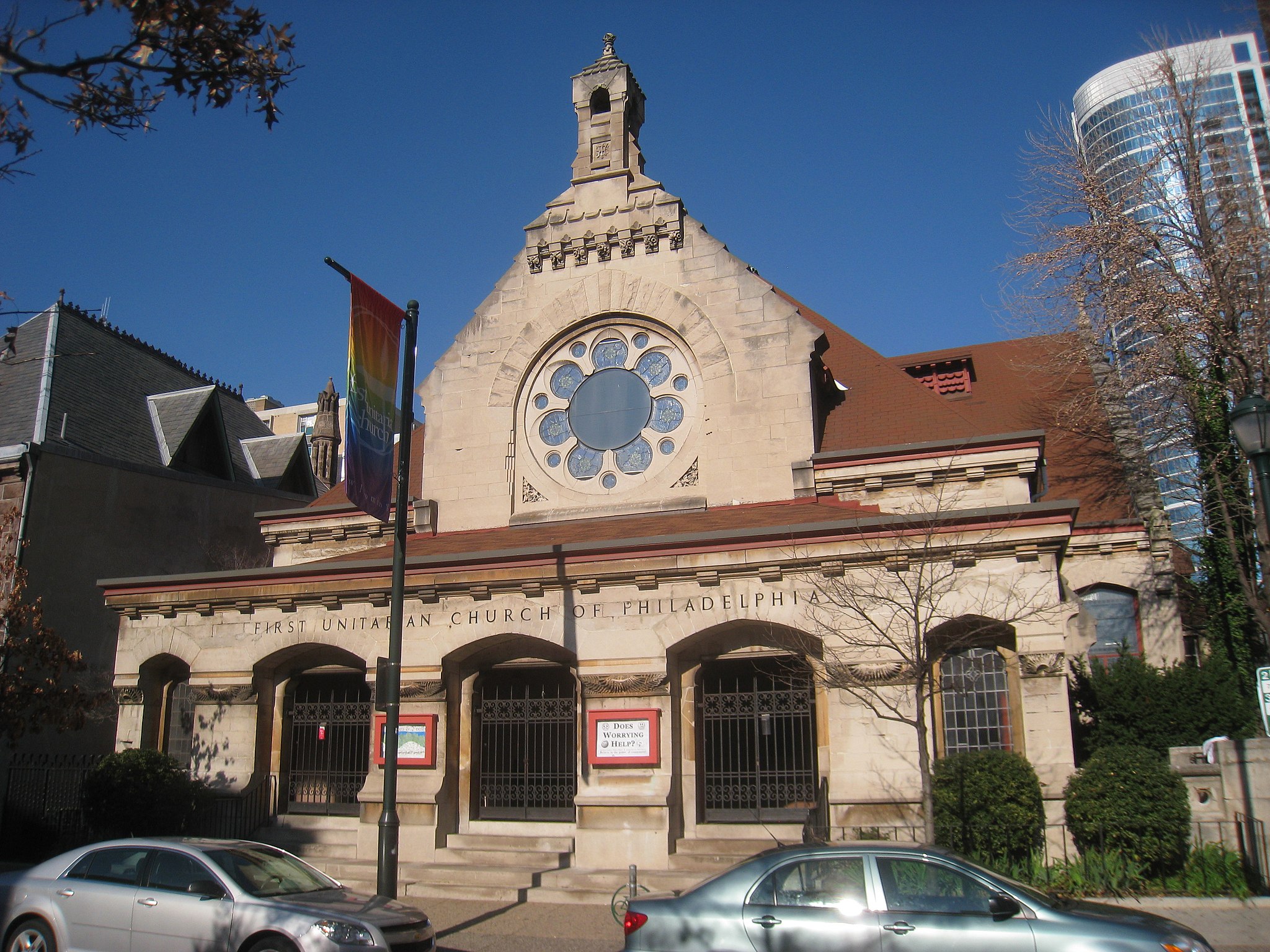
A fascinating history to add to the significance of this beautiful church!
Thanks for rediscovering this important story–
Thank you for sharing this wonderful discovery Megan. As an architect who works with clients to sensitively repurpose historic properties, it’s helpful to know that if we don’t uncover every kernel of significance on the first go there’s still opportunity to do that when subsequent work reveals additional areas of significance.